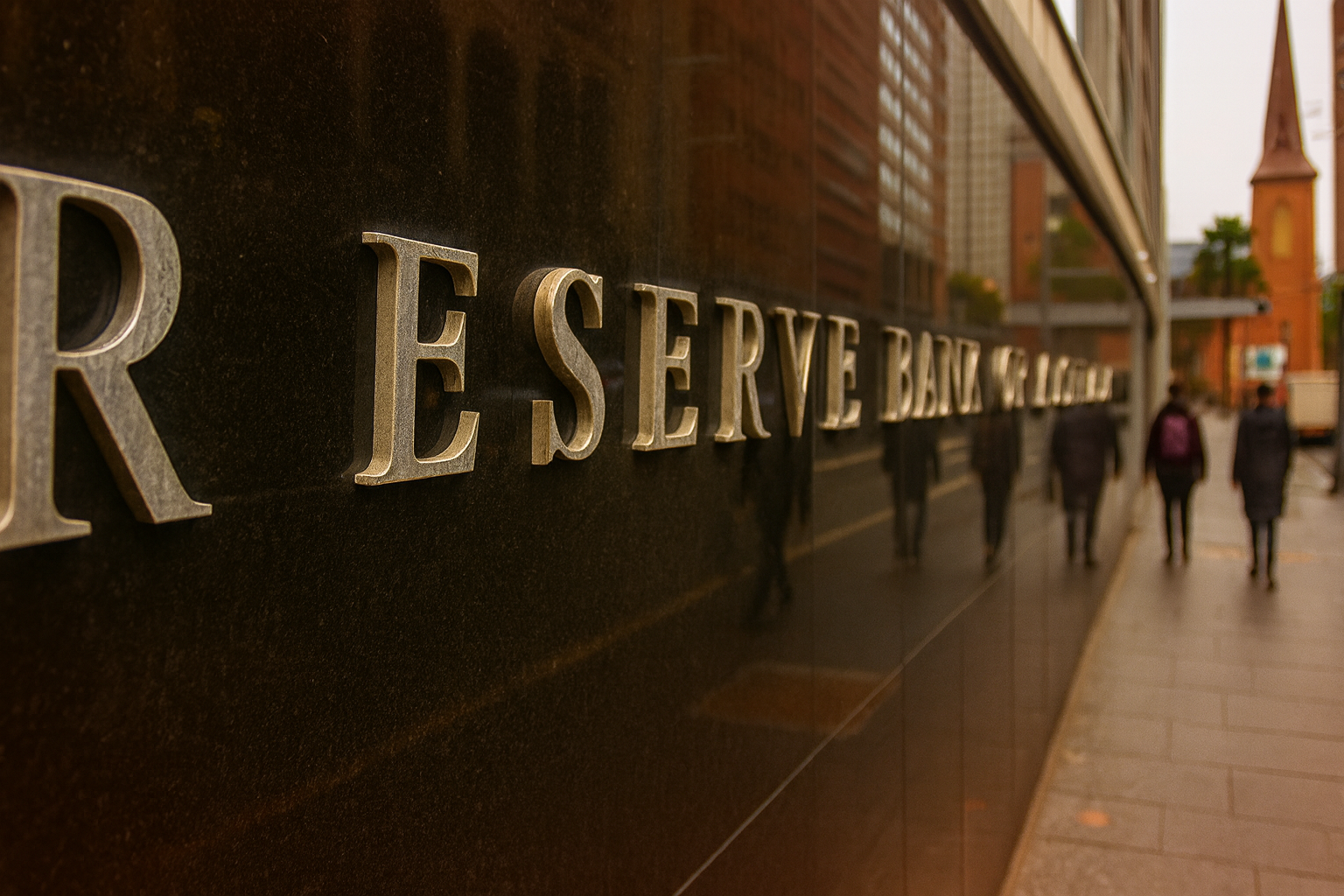RBA Decision: 4 November 2025
Cash Rate Held at 3.60%
The Reserve Bank of Australia has left the cash rate unchanged, balancing a surprise pick-up in inflation against the need to see the full effect of earlier rate moves.
The Economy at a Glance (Sept Quarter 2025)
Cash Rate Target (2024 – 2025)
This decision holds the rate steady after three cuts earlier in 2025. The strengthening housing market suggests these earlier cuts are now working through the economy.
Why Did the RBA Hold Rates?
Inflation Has Picked Up
Underlying inflation (the RBA’s preferred “trimmed mean” measure) rose to 3.0% over the year, which was higher than expected. Headline inflation hit 3.2%, partly pushed up by the end of electricity rebates. While the Board thinks some of this is temporary, the upward trend makes them cautious about cutting rates further and adding more stimulus.
Housing Market & Demand are Strengthening
The RBA noted that private demand is recovering and the housing market is getting stronger. Rising housing prices and construction costs are signs that the rate cuts from earlier in 2025 are having an effect. Holding rates steady allows the RBA to see how this recovery unfolds without adding more fuel to the fire.
The Labour Market is Still “A Little Tight”
Although unemployment ticked up to 4.5%, job vacancies remain high and labour under-utilisation is low. This suggests the demand for workers is still strong. Weak productivity growth also means that unit labour costs remain high, which can contribute to inflation. The RBA wants to see this tightness ease more before considering further cuts.
What Today’s Decision Means for You
For Mortgage Holders
If you’re on a variable-rate mortgage, don’t expect an immediate rate cut. Today’s hold signals that borrowing costs will likely remain steady for now. This is the perfect time to review your rate.
Review My Rate →For Savers
With the cash rate on hold, deposit rates are unlikely to rise significantly. If you have term deposits, it’s still a good time to shop around, but returns may stay modest for longer.
For the Property Market
The RBA’s comments on a “strengthening” housing market mean cost pressures (construction, borrowing) remain. Buyers and investors should factor in steady financing costs rather than banking on an imminent cut.
Why This “Hold” Decision Matters
This decision highlights a clear shift in the RBA’s focus. The question is no longer “if we will cut rates,” but rather “when and *how* we will cut rates” and whether inflation is on a durable path back to the 2-3% target band.
By leaving the cash rate at 3.60%, the Board is signalling that while inflation has eased from its 2022 peak, the risk of it rebounding is real—especially given the strength in housing and credit. For the Australian economy, this means monetary policy remains restrictive enough to signal caution. For businesses and households, it means the era of “rate relief” is not immediate.
The Outlook: What’s Next?
The RBA remains strictly “data-driven.” They will be watching upcoming inflation, jobs, and housing data closely.
- → Inflation Forecast: The RBA expects underlying inflation to rise above 3% in the coming quarters before settling around 2.6% in 2027.
- → Next Rate Cut? The RBA’s central forecast assumes one more rate cut in 2026, not 2025.
In short: The Board is not signalling an imminent cut and remains cautious. Prepare for steady borrowing costs.
Key Takeaways from the RBA’s Statement
In this environment, borrowers should not expect big drops in rates, and savers may not see large gains. Here are the key messages from the Board:
- Underlying inflation has picked up and is higher than expected.
- Domestic demand, housing, and labour markets are showing surprising strength.
- The Board needs to allow time for earlier rate changes to work through the economy.
- The next change in the cash rate is unlikely to be soon—the data must warrant it.
Key Implications For Your Finances
1. Refinancing
Now may be a good time to review your loan and compare offers, especially if your current rate is above market-competitive. Even though the cash rate is steady, banks are still competing for business.
2. Budgeting
With mortgage rates unlikely to fall soon, ensure your household or business budgets remain resilient to servicing costs. Don’t rely on future rate cuts to ease pressure.
3. Investing & Property
The stronger housing market flagged by the RBA means you should factor in possible upward cost pressures (construction, borrowing) and not assume rates will fall soon.
4. Savers & Deposit Holders
If you have term deposits or savings accounts, shop around. Be aware that policy easing is not immediate, so deposit rates may stay modest for longer.
Unsure how this impacts your loan?
This information is general. To understand what’s in your best interest, speak to a Lend A Loan expert who can assess your personal situation.
Or call us directly on 0488 220 222

